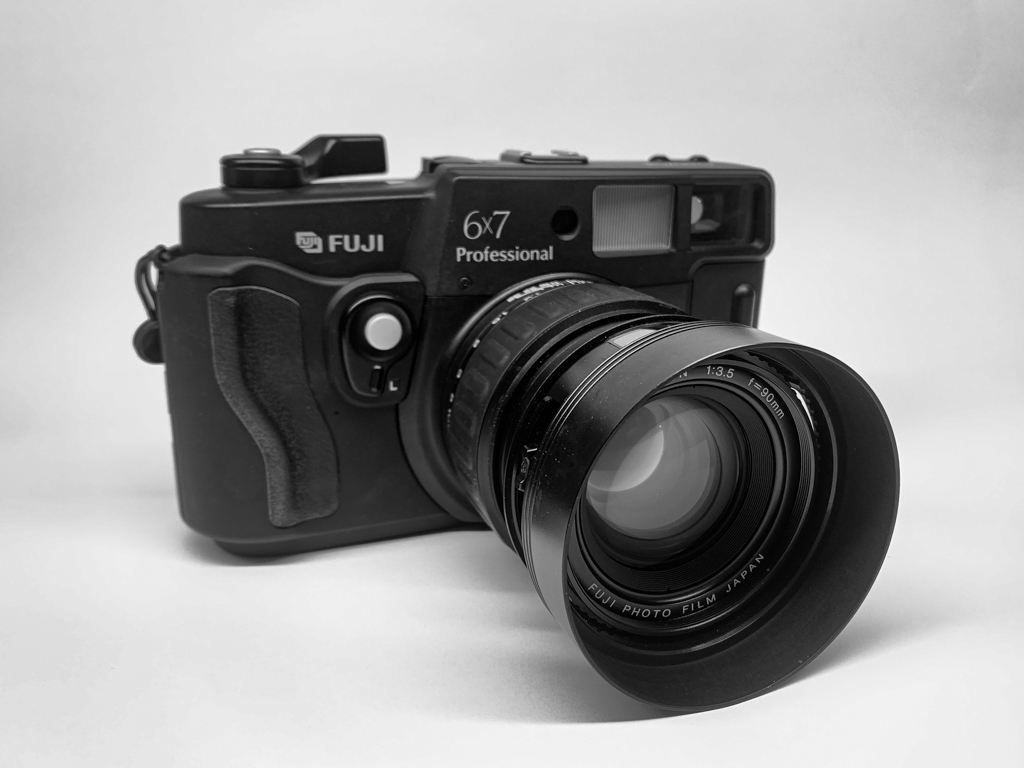
Fuji GW670III
You may have noticed the last two cameras added to my collection were rangefinders. While this technology has been around since the 1930’s, they fell out of favour in the 1970’s when SLR’s became all the rage. The Mk3 version of this lineup of huge neg rangefinders were made in the mid 1990’s, but the genesis of these go back to 1967 with the introduction of the G690 with its huge 6x9cm negative and a range of three lenses ranging from a 65mm to a 180mm and towards the end of the Mk2 version, there was even a 100mm autofocus f/3.5. In later years Fuji offered 6×8 and 6×7 versions for those that preferred the less wide aspect ratio.
The MK3 was the last iteration of the series. With its more rounded plastic exterior – which some think is too plasticy and fragile, which it really isn’t – the various format sized bodies were now only equipped with fixed Fujinon lenses. The GW670III I have, started production in March of 1992 and was only intended for the export market. I don’t know what the GW670 sold for when new, but the 690 versions cost 179,000 yen. At 2023 prices, this is about £1100. This roughly what I paid for mind, so that’s not a bad depreciation over 31 years.

Canon VL2 Rangefinder
I actually wanted a L1, but at the time, none on ebay were in good enough condition, so I settled for the VL2 which doesn’t have the 1/1000 top shutter speed or that really sexy folding rewind crank. However, I think the V series this is the prettiest of the Canon Rangefinder line-up; the secondary shutter speed knob on the front just seems so unusual. Produced in 1958 and one of only 8450 made. It came with a flawless 50mm f/1.8 lens, which is a little peach and seems to be highly regarded within the rangefinder community.
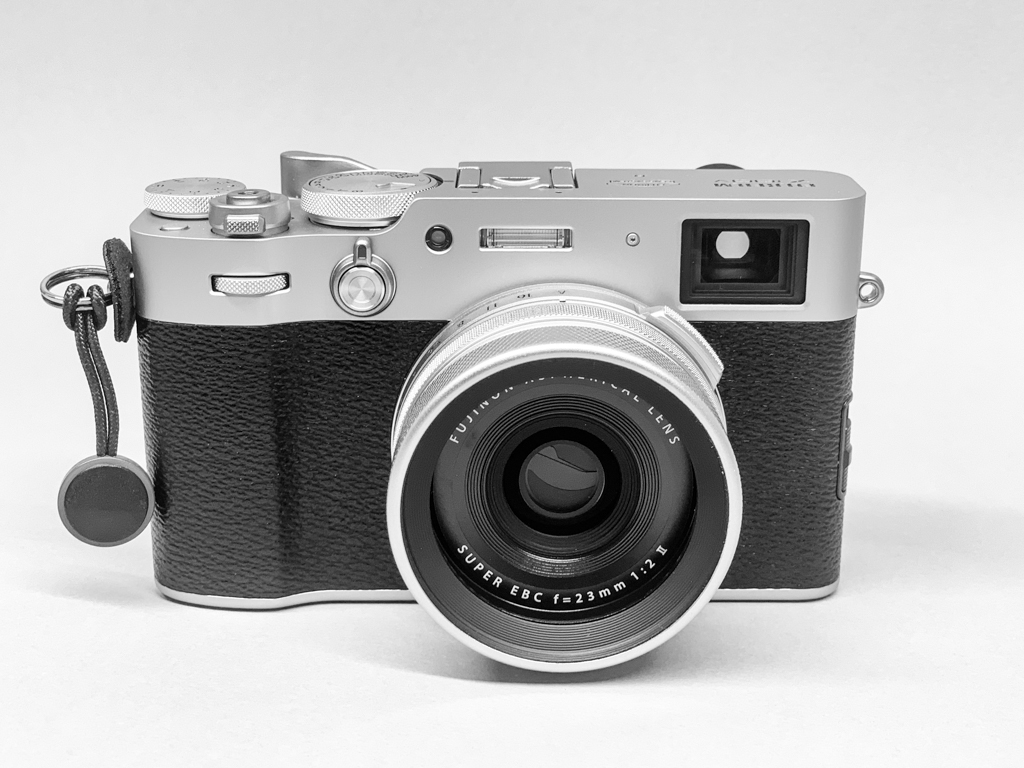
Fujifilm X100V
Looking at all my other cameras, this seems an odd choice to add to my collection. However, if you read the reviews and look at the cult following this camera has, this makes an ideal choice for a modern Point & Shoot that looks very retro.

Reveni Labs Spot Meter
Acquired in early 2023 after having signed up to Nick Carver’s Master Manual Metering Course and discovering the simplicity of his PMM spot metering method. Similar in many ways to the Zone system, but in a format that is easier to remember. Nick uses one of the original digital Pentax meters but this little puppy is small, light and once you get the hang of it, is very simple to operate.
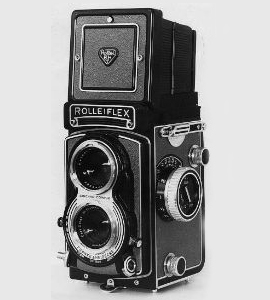
Rolleiflex Model K8 T1
Acquired in August 2012, this has been on my wanted list for a while. The serial number indicates this was one of a batch of 56,000 cameras made between 1958 and 1961. Mine has the built in meter fitted within the focusing knob, and surprising this still works and appears to be reasonably accurate. The glass is still clear and the shutter is whisper quiet. I have no idea if this is true, but the guy at Realcamera in Manchester, believed this particular camera was once owned by the actor Roger Moore.
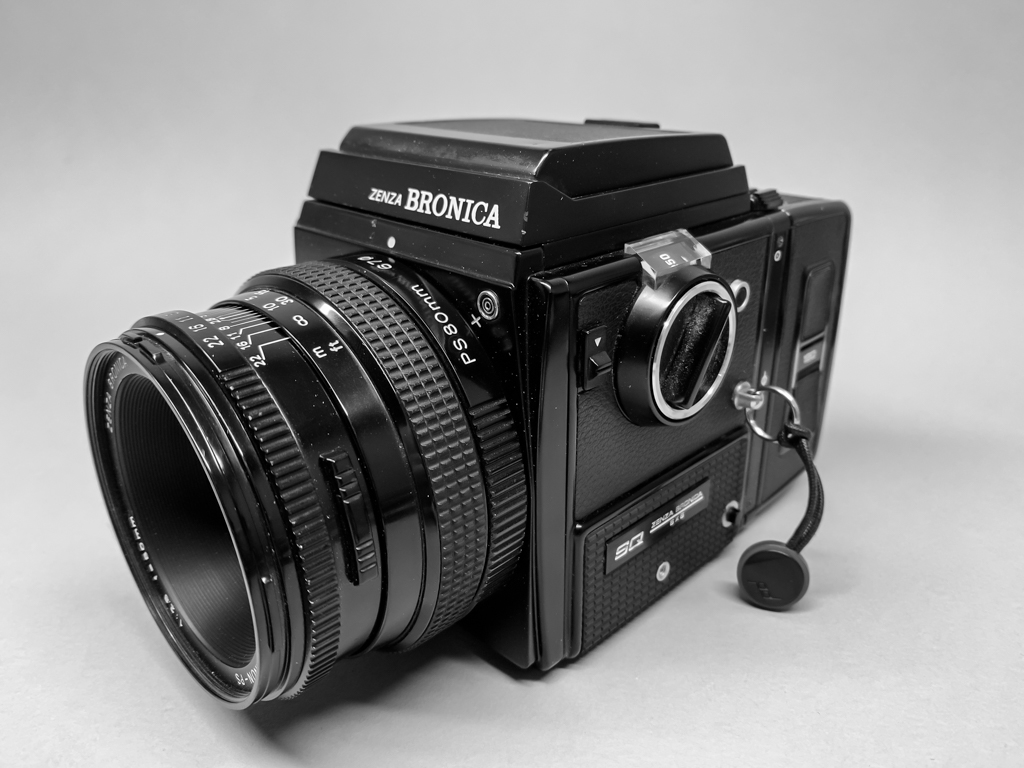
Zenza Bronica SQ
Probably my favourite camera and format – 6×6. I originally had the later SQ-Ai, which I used for many years, but it succumbed to the ‘pack the battery holder with bits of film’ problem in order to get the shutter to fire, so I sold it in 2022.
To avoid the battery problem, I found a ‘as new’ SQ body from Japan, with its single battery. This hopefully will be a lot more reliable. As for lenses, I have the 80mm f/2.8 PS, and the 150mm f/3.5 S. I did have the 40mm f/4 but with its fixed metal lens hood, took up too much space in the camera bag, so replaced that with the much more compact 50mm f/3.5 PS, which still gives me the feel of the 40mm.
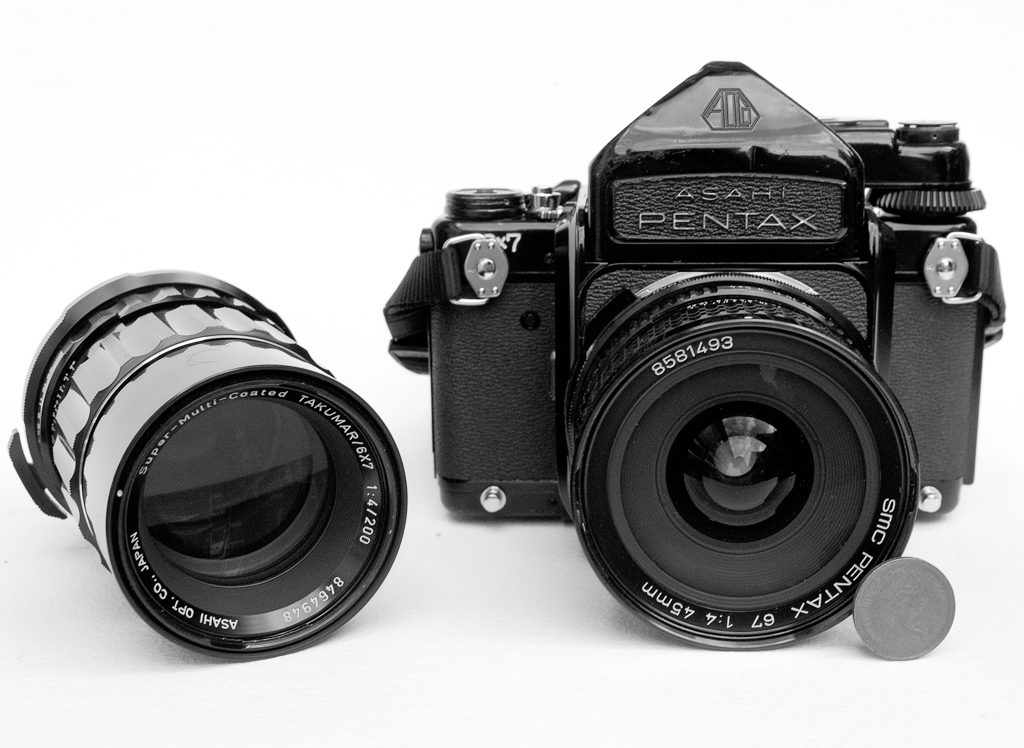
Pentax 6×7
They looked so sorry for themselves sitting on that shelf, I had to have them!!. An early model Pentax 6×7 with metering head, 45mm f/4 SMC wide angle, and an early model 200mm f/4 mid range telephoto. It’s like owning a legal firearm with that mirror slap….Kerrrr….Lunk! Obtained from my favourite used camera dealer ‘Mifsuds’ in Brixham.
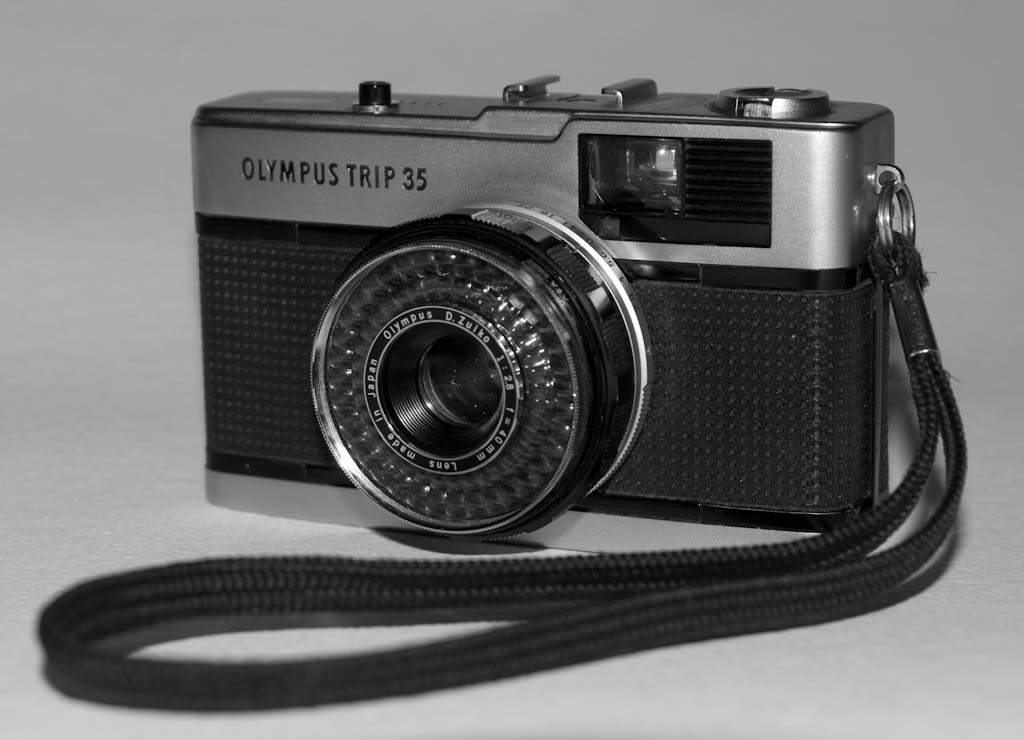
Olympus Trip
Olympus Trip Version 5. Mine was made in December 1979. A bargain at £19 from the camera shop in Bodmin. While not overly impressed with the 35mm format, this little peach is idiot proof to operate, is compact enough to be carried around in your pocket, and with something reasonably fine grained – like FP4, provides some quite smooth results. In 2022 It was sent off to Paul Lamb at Tripman for a full service and new clothing my way of a Royal Blue snakeskin leather finish.
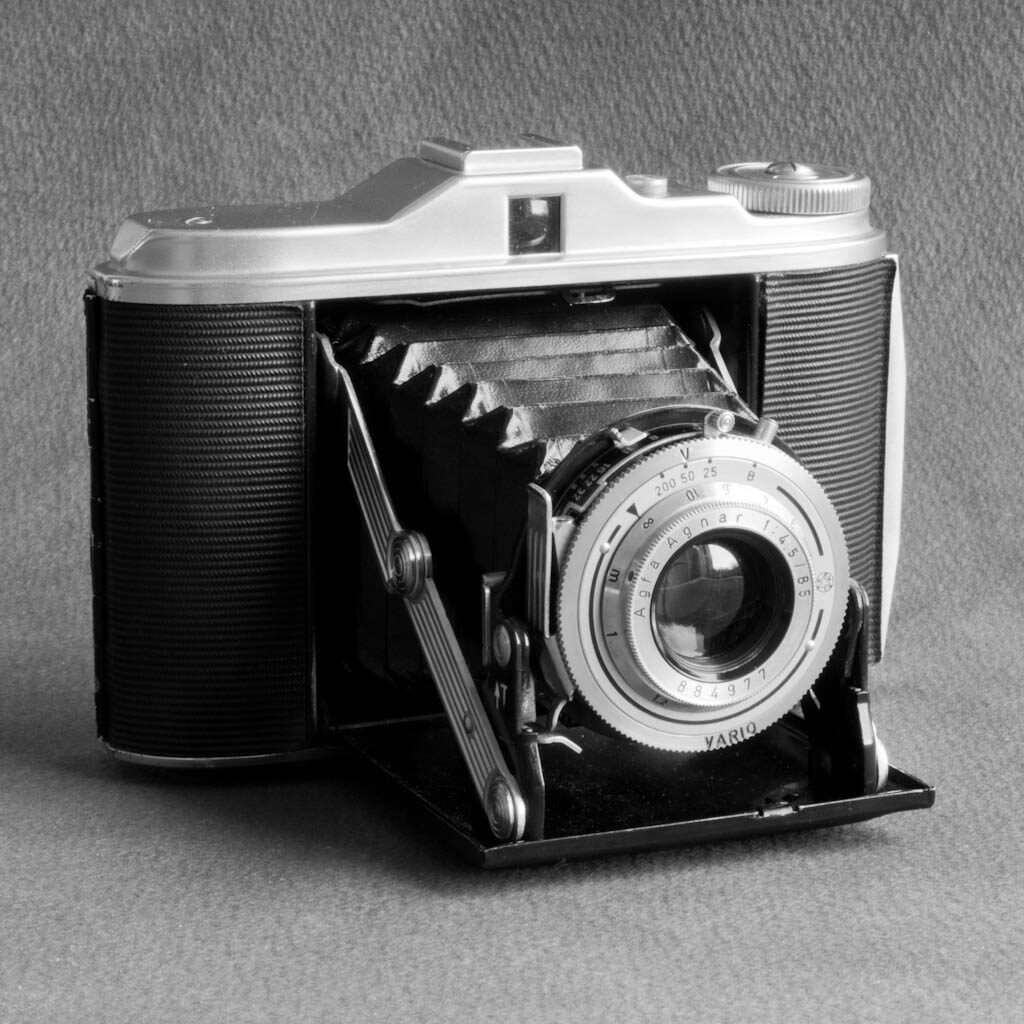
Agfa Isolette Mk V 1950-52
My latest acquisition in May 2012. What could be better than the 6×6 format contained within a folding design no bigger than a 1970’s SLR body size. This is a little beauty and is in pretty good condition. The lens is the poorer Agnar f/4.5 in a vario shutter, but nonetheless produces a nice image.

Zero Image 2000 Pinhole
My latest toy, and something given to me last year by all my dearest friends. The only problem with it, are the fingerprints I leave on the lacquered finish every time I pick it up. I need some white cotton gloves. The 4×5 was very tempting, but this with the 6×6 format, and the ability to use normal roll film, makes this an almost ‘use every day’ camera!
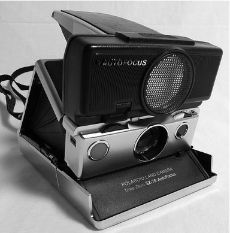
Polaroid SX70 Sonar
With the Button gone, I needed a replacement. I’ve always lusted after the SX70 folder, and being wary that they are not the most reliable, I decided to bite the bullet and find one that was in almost mint condition. I probably paid over the odds, but this one is a little peach. I just love the Sonar focusing attachment. So ugly, yet so retro.
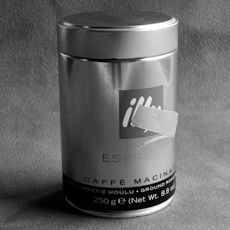
Illy Pinhole
These italian coffee jars make great pinholes. This one takes 5×7″ multigrade paper for the negative. A piece of gaffer tape acts as the shutter over the .25mm pinhole pierced into the tins side.

SX70 Button
The cheapest way to get into SX70 photography. I picket this up on eBay for £5, and with ‘The Impossible Projects’ Px100 instant film, produces some wonderfully creamy images of great delicacy. It does need a fair amount of light to perform well though, especially with the PX70 colour film.
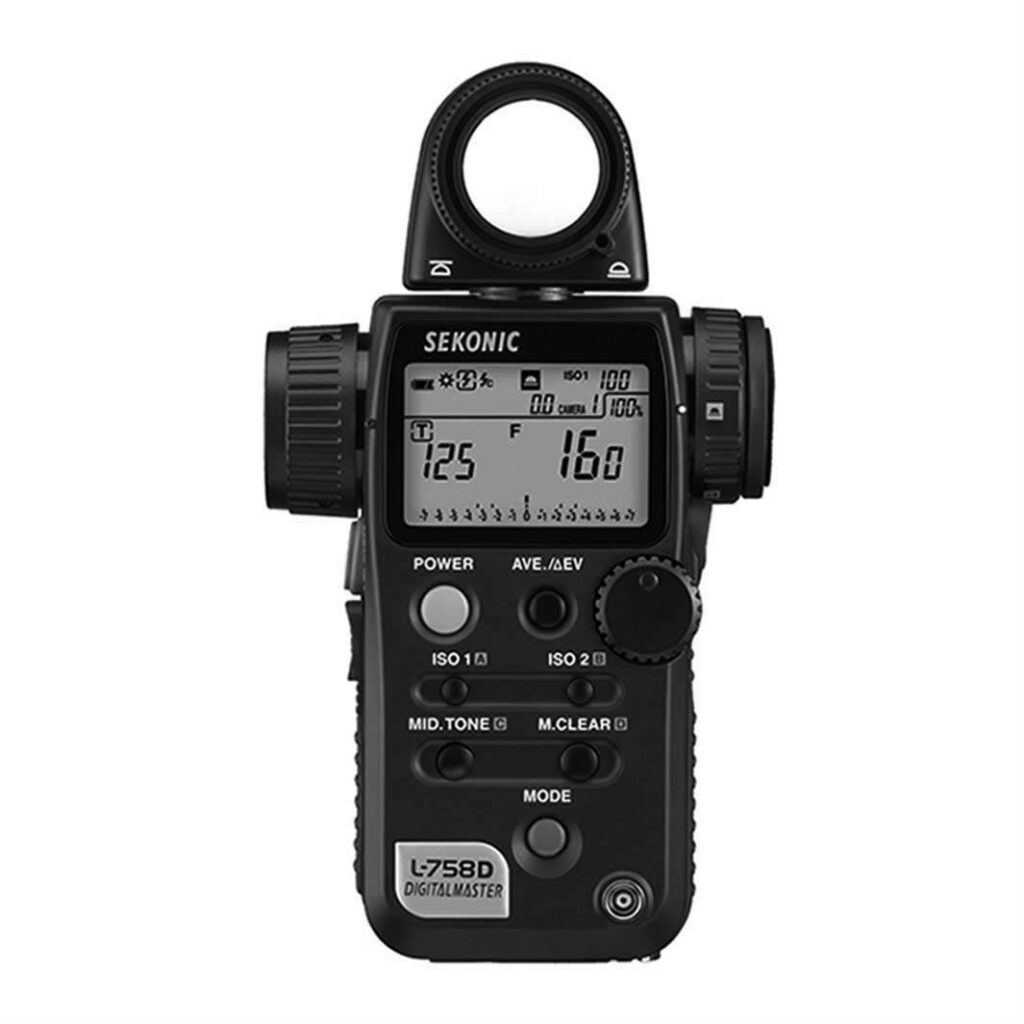
Sekonic L-758D DigitalMaster
After the demise of my analogue Sekonic light meter, I have been prevaricating about what its replacement should be. A chance visit to ebay had me staring it this little puppy with a button marked ‘make an offer’ I entered a silly low price and pressed the button. My bluff was called, and now It’s all mine. What I really like about this meter is that after calibrating I know my films dynamic range and clipping point are. Just like Photoshop!
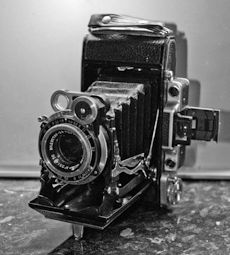
Moskva 2
Moskva 2 is a Soviet made copy of the 1947 Ziess Ikonta C521/2 folding camera. Made in 1955, this 6×9 120 medium format camera was of a sprung self erecting design, with rangefinder focusing, and a 110mm f4.5 lens in a “Moment” shutter for speeds 1 to 1/250 sec plus B mode. It’s clunky, awkward to use, but is built like the preverbal , and just looks so gorgeous.
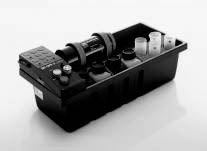
Jobo CPe-2 Film and Print Processor
I have a shameful admission to make. I offered someone £50 for this and the offer was accepted. The previous owner was somewhat pissed off that they normally fetch around £170ish on eBay. While I don’t use it for print processing, it allows consistency when I develop film.

Holga
The Holga is renowned for its exploding back, light leaks, 1/100’ish fixed shutter speed and a 60mm f/13’ish aperture plastic lens, with defects that are, shall we say, variable from camera to camera. Thankfully mine has suitable poor image quality that gives my images that classic ‘Holga’ look. Just love this one.
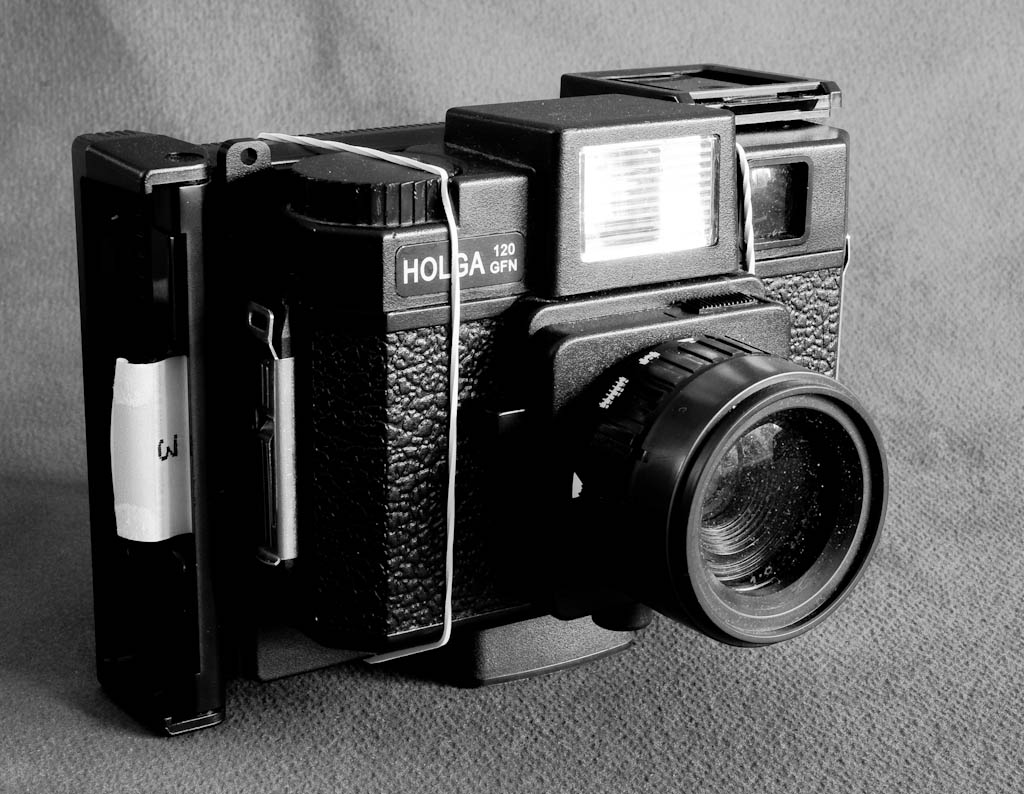
Miss Holgaroid: Polaroid Back
A small batch of these came up on ‘The Impossible Projects’ webby last year. Although it leaks like hell – without modification, and requires bright sunlight to get the best out of Fuji’s FP 100 B&W and Colour peel apart film, this combination produces some interesting , if a little unpredictable results.
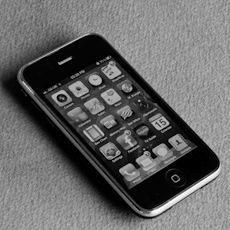
Apple iPhone 3GS, 3, 6 Plus, 10 XS Max and currently 13 Pro Max
Always to hand and handles most scenes reasonably well. The dearth of camera apps like Hipstamatic, Lo-Mob and Swankolab can tweek the images to your hearts content. The Lightmeter app also doubles up as ….well er a lightmeter, if I don’t have the Sekonic to hand.
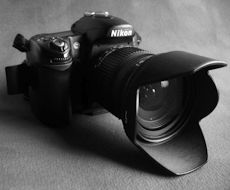
Nikon D80
Once the photography bug got me again, this was my first proper camera after the Ixus. Big and chunky, unlike the plasticky offering from Canon at the time. The stock 18-50 lens was replaced with a Sigma 17-70 f/2.8 – f/4.5 which still suits my photographic style. Finally sold this camera in 2022
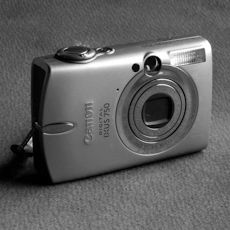
Canon Ixus 750
This is the camera that got me back into photography after a break of some 30 off years. Idiot proof and makes a great pocket travel camera if you don’t want to get bogged down with anything more complicated.
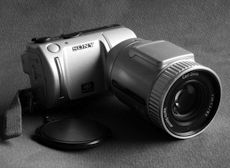
Sony Cybershot
Only 2.1 megapixels, but this was the first digital camera I had that produced images good enough to print up to A4. It has all the rudimentary features of any modern DSLR and at the time its ultra modern look, really turned heads when you were out with it. I wonder if this will be regarded as a classic in 20 or 30 years time. Modern vintage photography!
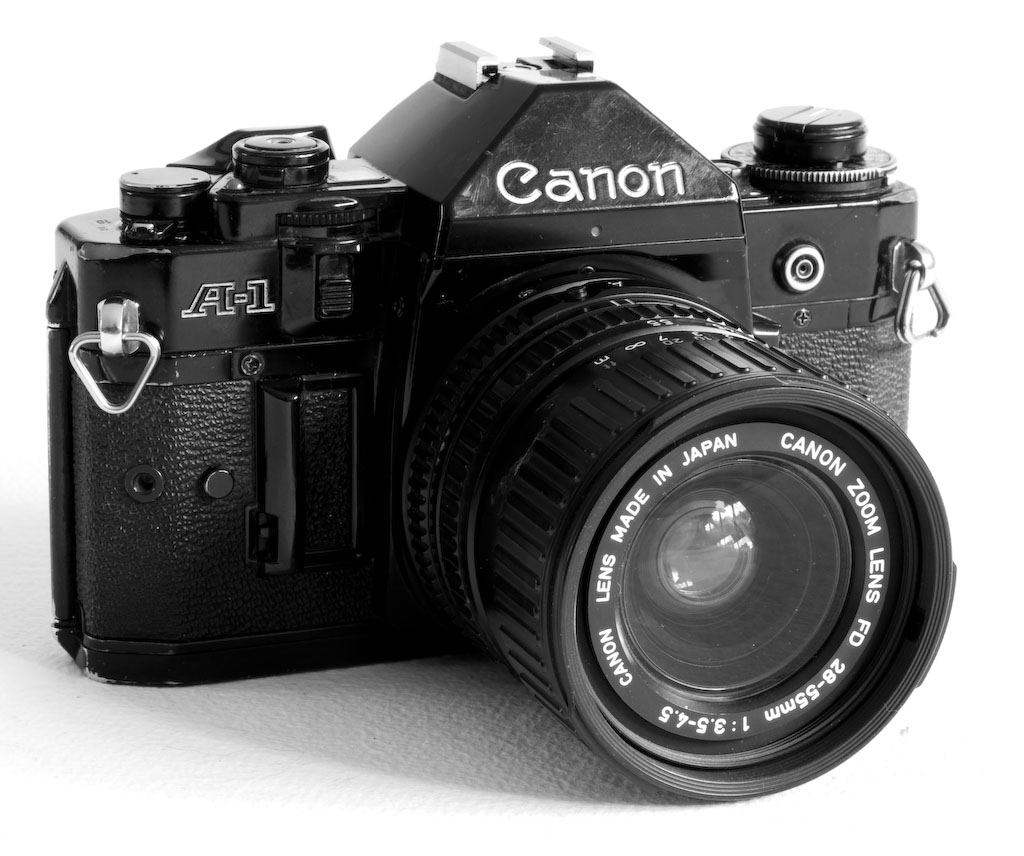
Canon A1
Decided to dig out the old A1 and start using it a bit more seriously. This was my Dad’s old camera
I just picked up the lens shown, on Ebay for the bargain price of £29, and this gives me a similar wide field of view that I’m used to with the Nikon D80.
Just been doing a bit of research, and I see the body was built in May of 1981 in the Fukushima Factory. It finally died in 2022 and I’m not sure I will get it repaired.